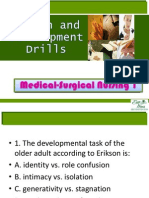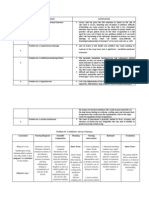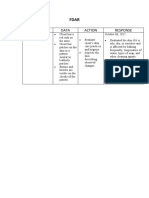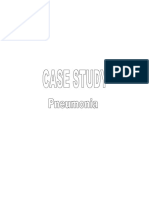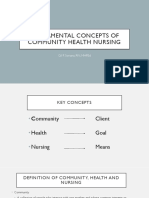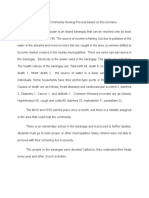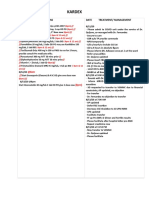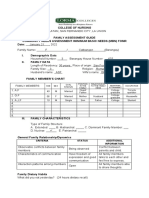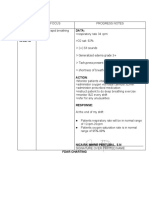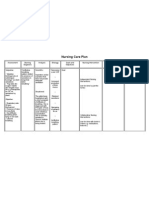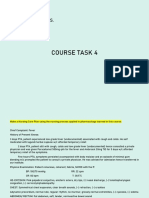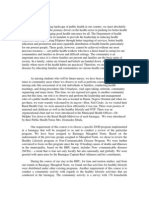0% found this document useful (0 votes)
1K views1 pagePractice Exam Part 1
The document presents a practice exam focused on tuberculosis symptoms and appropriate patient placement in a healthcare setting. It outlines key manifestations of tuberculosis, such as low-grade fever and night sweats, and emphasizes the need for a negative pressure room to prevent airborne transmission. The rationale for each question highlights the importance of proper assessment and infection control measures in managing TB patients.
Uploaded by
ernestcabison.becquerelCopyright
© © All Rights Reserved
We take content rights seriously. If you suspect this is your content, claim it here.
Available Formats
Download as DOCX, PDF, TXT or read online on Scribd
0% found this document useful (0 votes)
1K views1 pagePractice Exam Part 1
The document presents a practice exam focused on tuberculosis symptoms and appropriate patient placement in a healthcare setting. It outlines key manifestations of tuberculosis, such as low-grade fever and night sweats, and emphasizes the need for a negative pressure room to prevent airborne transmission. The rationale for each question highlights the importance of proper assessment and infection control measures in managing TB patients.
Uploaded by
ernestcabison.becquerelCopyright
© © All Rights Reserved
We take content rights seriously. If you suspect this is your content, claim it here.
Available Formats
Download as DOCX, PDF, TXT or read online on Scribd
/ 1


